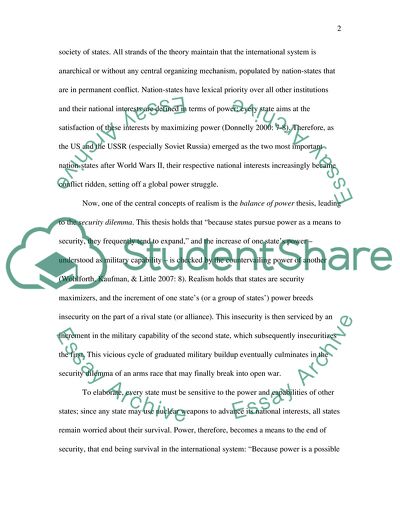Cite this document
(Exploring the Causes of the Post-World War II Arms Race Essay, n.d.)
Exploring the Causes of the Post-World War II Arms Race Essay. https://studentshare.org/history/1722693-what-were-the-main-causes-of-the-post-war-nuclear-arms-race
Exploring the Causes of the Post-World War II Arms Race Essay. https://studentshare.org/history/1722693-what-were-the-main-causes-of-the-post-war-nuclear-arms-race
(Exploring the Causes of the Post-World War II Arms Race Essay)
Exploring the Causes of the Post-World War II Arms Race Essay. https://studentshare.org/history/1722693-what-were-the-main-causes-of-the-post-war-nuclear-arms-race.
Exploring the Causes of the Post-World War II Arms Race Essay. https://studentshare.org/history/1722693-what-were-the-main-causes-of-the-post-war-nuclear-arms-race.
“Exploring the Causes of the Post-World War II Arms Race Essay”. https://studentshare.org/history/1722693-what-were-the-main-causes-of-the-post-war-nuclear-arms-race.


